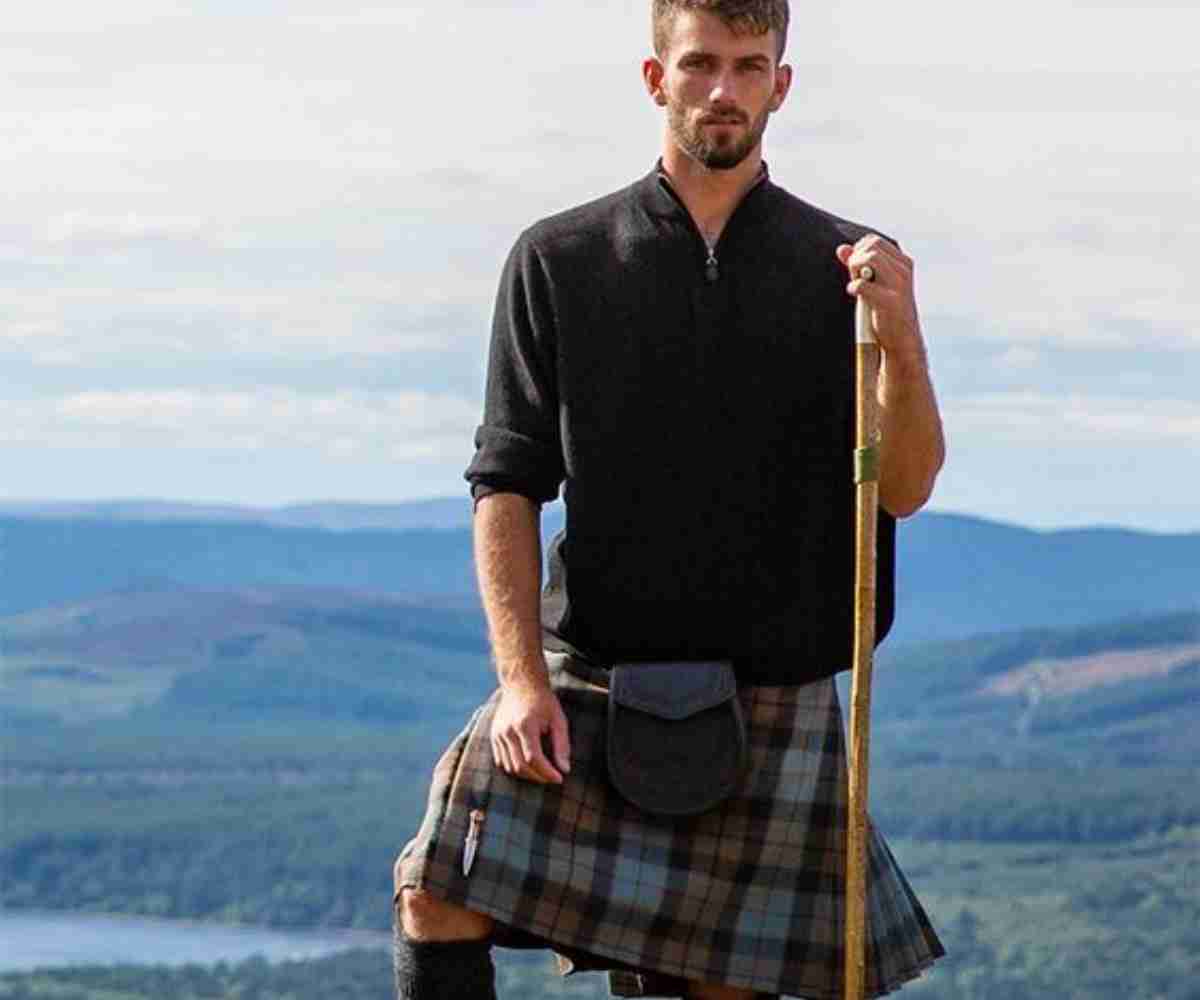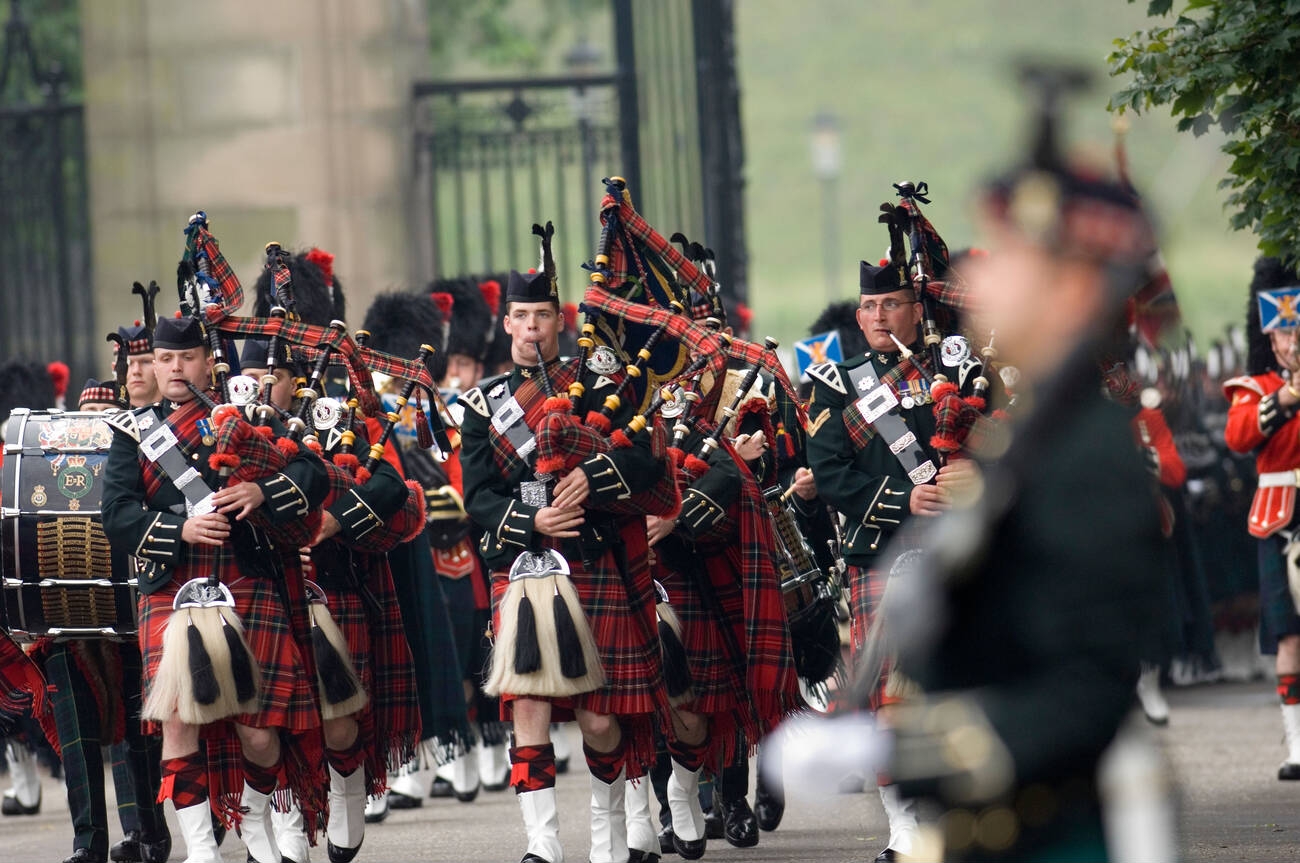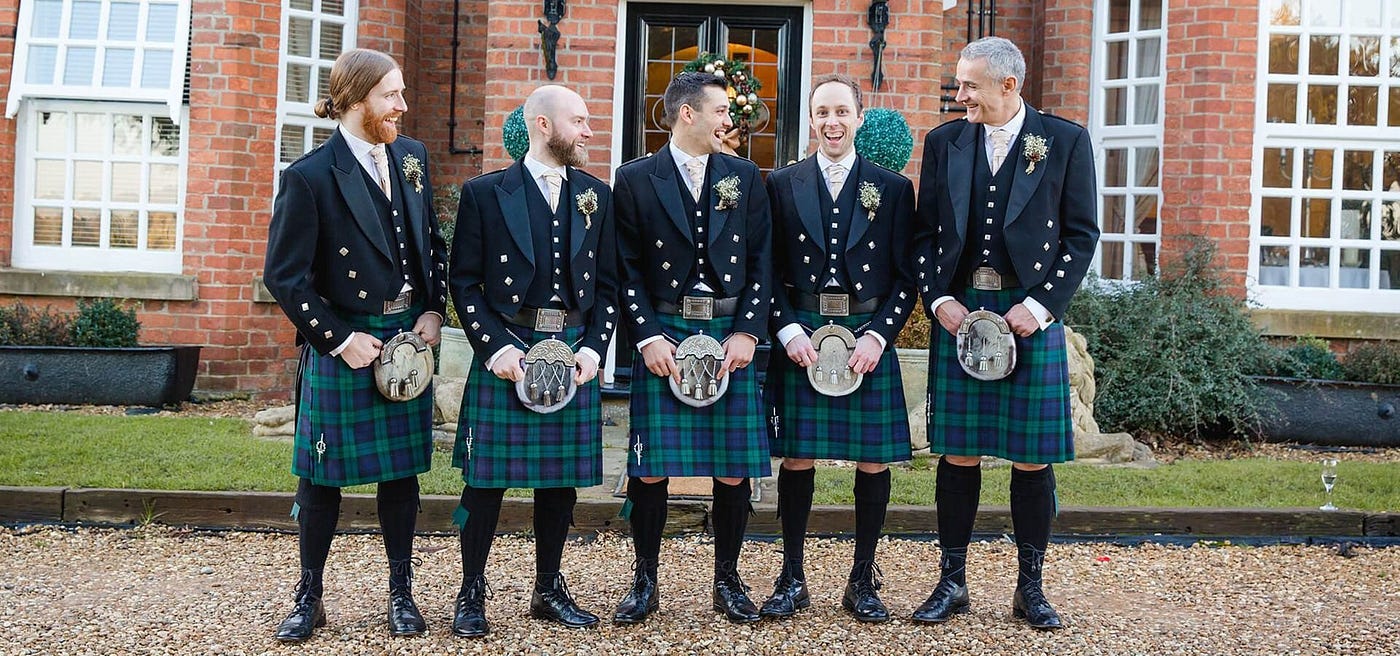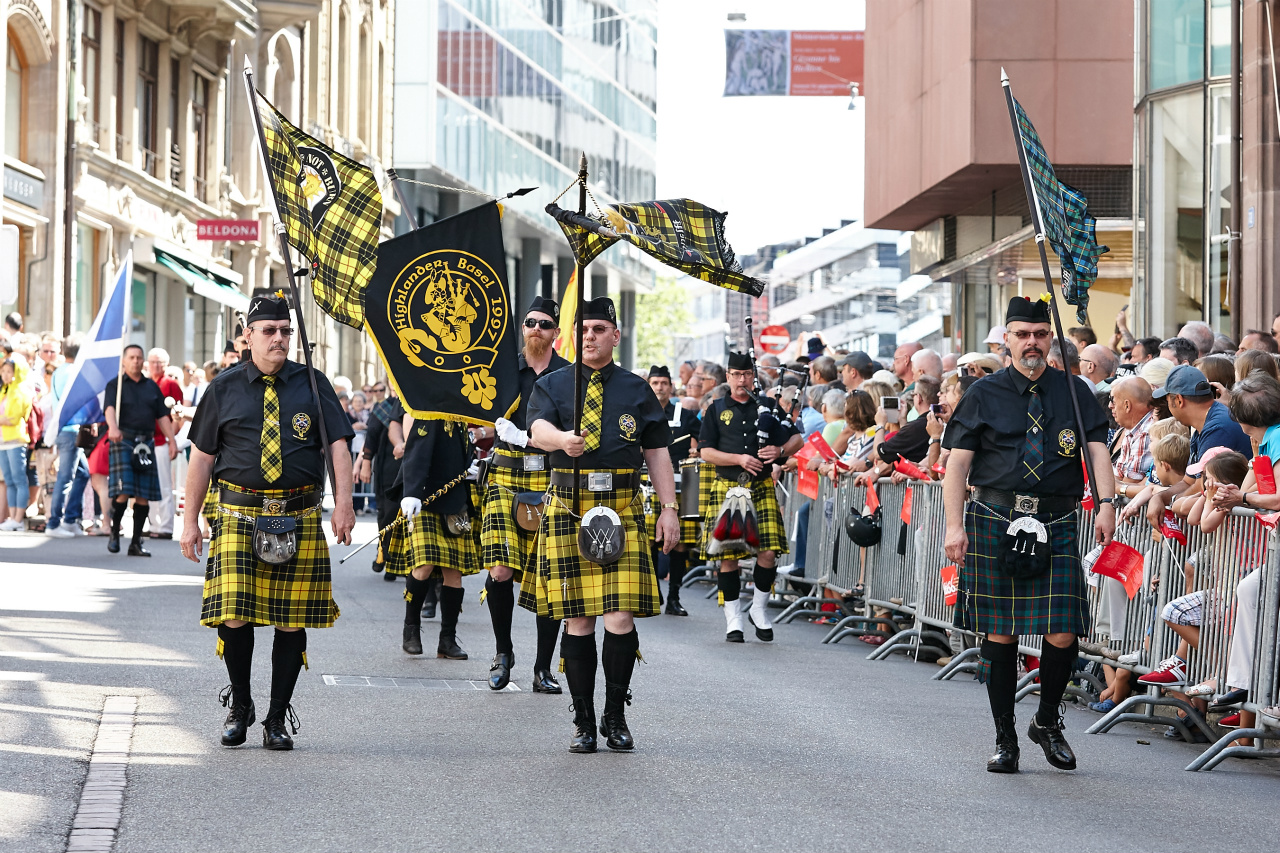Common Assumptions About the Irish Kilt
Is the Irish kilt an ancient, traditional dress? Are they remnants of the earlier Celtic race? Did the Gaels bring it to Scotland? Many assumptions stem from myths, legends, or outdated Hollywood portrayals. For example, in the movie Braveheart, Mel Gibson’s character wore a kilt from the 17th century while portraying a 13th-century warrior. This historical inaccuracy highlights how media often misrepresents cultural symbols.
Early Irish Evidence of Kilts
Early Irish documents provide no proof that the kilt originated in Ireland. Some monuments and crosses from pre-11th century Ireland depict figures wearing garments resembling kilts. However, these are actually “lines” or Irish tunics. These tunics sometimes included a skirt-like lower portion, but they were not separate items like kilts. Thus, they cannot be considered early versions of kilts.
Misinterpretations of Ancient Clothing
Knights and soldiers in early medieval Ireland wore “cotuns,” padded tunics for light armor. Ancient depictions often show vertical quilting lines, which some confuse with pleats. These garments, often knee-length, are mistakenly referred to as kilts.
The Evolution of Irish Clothing
By the 16th century, images of Irish men show them in pleated skirts. However, these are “leines,” wrap-around shirts with pleated skirts and hanging sleeves. They are distinct from modern kilts. Past Irish writers also do not mention kilts, further disproving their early existence in Ireland.
The Kilt in Scotland
Early Mentions of the Kilt
The first documented mention of Scottish kilts appears in the late 16th century. Descriptions reference garments like the “feilidh-mòr” (great wrap) and the “brat can-feile” (belted plaid). These were practical battle outfits, not ornamental. The garments consisted of heavy wool fabric wrapped around the body.
The Belted Plaid
The belted plaid emerged in the late 16th century and gained popularity in Scotland. It featured fabric folded into pleats and belted at the waist. Despite its practical design, it is often mistaken for modern kilts. Early depictions from 1610 show garments made from tartan fabric, with four to five yards of material used to create the folds.
Dressing the Belted Plaid
Wearing the belted plaid involved laying the fabric on the ground, pleating it, and securing it with a belt. The remaining material was draped over the upper body. This method highlights the practicality of the design, suitable for both battle and daily life.
The Modern Kilt
Transition to Tailored Kilts
The “feilidh-beag” (little wrap), also known as the “phillabeg,” evolved from the belted plaid. By 1792, tailors began sewing pleats into the fabric, creating the first modern kilts. The Scottish Tartans Society preserves examples of these early tailored kilts.
Tartan Origins
The word “tartan” comes from the French “tiretaine,” meaning a linsey-woolsey fabric. In the 16th century, tartan patterns became associated with Scotland. Early tartans were regionally distinct, with no clan-specific designs. Families and clans adopted specific tartans only after the 18th century.
Standardization of Tartan Patterns
In the 18th century, William Wilson’s woolen mill standardized tartan patterns. Wilson assigned names to patterns, associating them with families and regions. Romanticized by Sir Walter Scott and embraced by Queen Victoria, tartans became symbols of Scottish heritage.
Myths and Misconceptions
Kilts in Ireland
No evidence proves that kilts were historically worn in Ireland. Misinterpretations of medieval garments, such as cotuns or leines, perpetuate this myth. The kilt, as we know it, is uniquely Scottish.
Scottish Clan Tartans
The concept of clan-specific tartans is relatively modern. In the 19th century, self-proclaimed experts assigned tartans to clans. While not historically accurate, these tartans are now deeply ingrained in Scottish culture.
Conclusion
The kilt’s origins are rooted in practicality and tradition, evolving from belted plaids to tailored garments. While myths link kilts to Ireland, historical evidence firmly places their development in Scotland. Today, kilts and tartans symbolize Scottish heritage, blending fact and folklore into a rich cultural legacy.
History kilts History of The Irish Kilt Irish kilts kilts Scotland kilts Scottish kilts
Last modified: January 29, 2025








